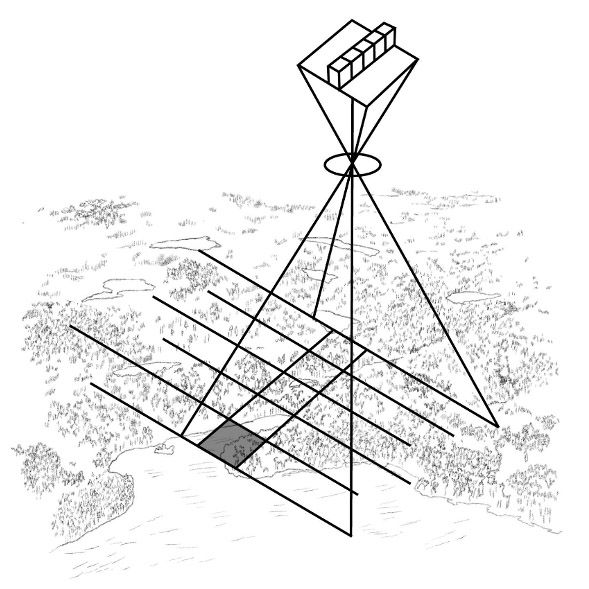Wąskie wizje cyfrowej rewolucji w mapowaniu. Usytuowanie Canada Geographic Information System w perspektywie feministycznej krytyki nauki i technologii
Na początku lat 60. XX wieku w Kanadzie rozpoczęto prace nad jednym z najbardziej dziś rozpoznawalnych, „założycielskich” komputerowych systemów do tworzenia przestrzennie zlokalizowanej bazy danych, zawierającej różnorodne dane społeczne, środowiskowe i ekonomiczne, oraz cyfrowej kartografii. To dzięki tym mapom decyzje dotyczące rozwoju ekonomicznego miały być podejmowane sprawniej i lepiej – cały program powstał wraz z inicjatywą wprowadzenia lepszych praktyk zarządzania krajowymi zasobami. Historia tego w pewnym sensie legendarnego programu ma znacznie szerszy wymiar. Owo „lepsze zarządzanie” ostatecznie nie przyniosło korzyści w kontekście rozwoju terenów wiejskich, umocniło natomiast kwitnącą w tym okresie urbanistykę, przemysł oraz nowoczesne koncepcje związane z rekreacją i wypoczynkiem. Canada Geographic Information System (CGIS) pozwalał na produkcję łatwo przyswajalnej kartograficznej formy, która zdawała się kompleksowo i obiektywnie pokazywać mapowane terytorium, ostatecznie zaś wspierała kolonialne schematy ugruntowane w poprzedzających rozwój tego systemu działaniach białych europejskich osadników.
